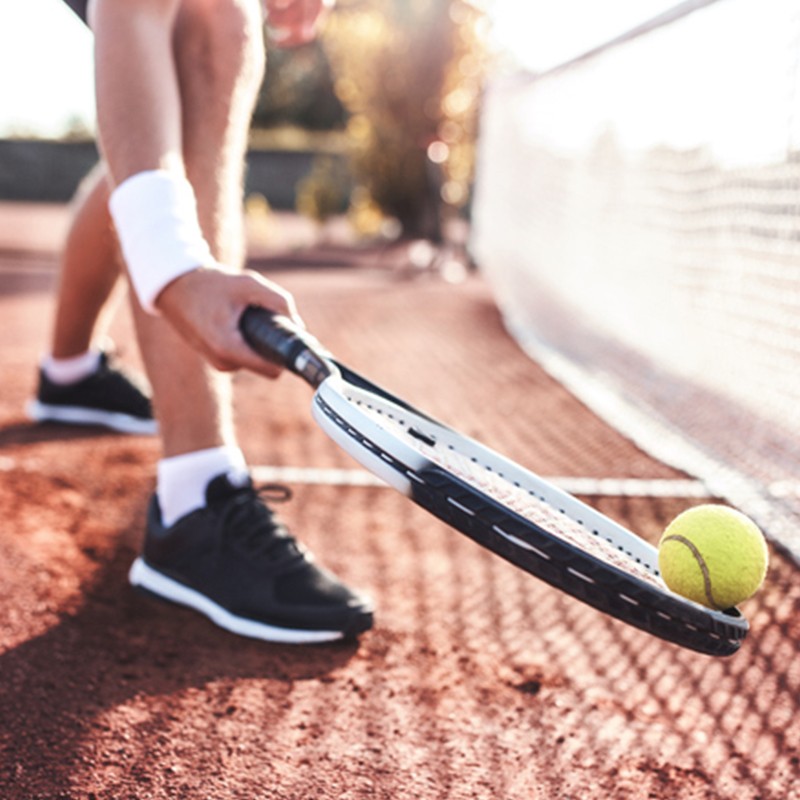9 Ways To Improve Your Tennis Game
Buy The Right Kit
If you’re a beginner, the experts at the Lawn Tennis Association (LTA) recommend looking for a racquet with a slightly larger head size, which gives the racquet a bigger sweet spot and improves your chances of hitting a clean shot. “Play around with different grip sizes too,” the LTA says. “A grip size of 3, 4 or 5 is best for a man. When you wrap your hand around the handle, there should be a 1cm gap (or the width of your forefinger) between your thumb and first finger.” Weight is also an important factor: “A heavy racquet can give you tennis elbow, but a light racquet can cause you to strain your wrist, which means it’s essential to find a balance that works. Large-headed rackets weighing in at around 320g or more are generally harder to move but have the potential to unleash more power. If you want to focus on improving control, you may want to consider getting a racket with a smaller head size, because having a bigger surface area makes hitting the ball easier but may not improve your technique.”
Tinker As You Go
As you improve your game, you’ll get a better understanding of how racquets feel. “If you want to level up your game, think about a racquet that brings out the best in your abilities,” suggests the LTA. “Perhaps it’s something smaller that will force you to hone your technique or one that’s more generous and forgiving whilst allowing you to release powerful shots with less effort. You may even want to consider a vibration dampener if you are an aggressive baseline player or desire speed and spin in your shots.”
Hold Your Racquet Properly
Perfecting your grip will improve control and enable you to be more reactive to your opponent. Matt Smith, LTA coach of the year, says beginners should try holding the racquet as if they’re shaking hands with it. “You can also use a chopper grip, which is a more old-school approach. To do this, make a V with your thumb and index finger, slide that down the frame and take hold of the grip, like you’re holding a hammer. This type of grip makes it easy to switch between forehand and backhand sides and is the type of grip that should be used for volleys and serves.” Once you are more advanced, your hand can move further round the grip for groundstrokes to generate topspin.
Perfect Your Serve
The serve is the most important shot in tennis, but that doesn’t mean you need to go all out, says Jo Ward, former British professional tennis player. Focus on accuracy during your serve instead of speed, she says, and consider any extra speed or spin an added bonus. If you want to improve your serve, Jo says the most important thing to get right is the ball toss. “The ball needs to be directly in front of you (no more than a foot forward of your front foot) and high enough for you to hit at full stretch. Remember – you get unlimited attempts to get it right before you strike, so take your time.” To practise, Jo recommends standing under a netball hoop and tossing your ball up through the hoop.
Never Jump Straight In
“The most common mistake people make is not taking the time to prep before a game,” says Jo. While it can be tempting to jump in headfirst, go in too quickly and you may end up injured. “The first ten minutes of your session should enable you to sustain the following 50 minutes at full speed. Think of it like a car – you wouldn’t try to drive at motorway speed as soon as you start the engine. Make like the pros and get your body going slowly – warm up with gentle, progressively intense activity, such as dynamic stretches,” she advises.
Think About Footwork
“If you’re serious about improving your game, it’s vital to stay on your toes,” says pro player Harriet Dart. Matt agrees, adding the most important thing you can do with your footwork is to get into position before the ball bounces on your side: “Tennis is a start, stop, start sport, and getting your feet in position in this way guarantees the ‘start’ and ‘stop’ elements. You’ll also need to practise reading the height, depth, direction, spin and speed of the ball and react accordingly, all of which takes practice. After you execute the stroke, you then recover (the second ‘start’) towards the centre of the court, ready for the next shot.”
Build Your Fitness
If you’re well matched with your opponent, a match can last hours. If you have skill but limited stamina, your chances of winning plummet as the match goes on. As pro coach Isla Smith explains, many people think tennis works just your shoulders and arms, but it’s actually an explosive game that works both your aerobic and anaerobic systems. “Building your aerobic fitness will improve your tennis game – think long runs and bike rides,” she advises. “Also consider building strength in your lower body, core and upper back. In an hour of tennis, you’ll use lots of lower body strength for running around the court, stopping, starting, jumping and crouching.” Pros like Andy Murray subscribe to a training programme which alternates intense, plyometric work with resistance training. This keeps the heart rate elevated and builds strength – consider mimicking this in your own sessions.
Incorporate Specific Drills
“Focusing on exercises that enhance the movements required to be effective from the back of the court – e.g. lateral movement and rotational exercises – will improve your game,” says Isla. Shuttles are a great place to start: jog to a line and back; then sidestep to the line and back; before skipping forwards and back with high knees. Then do walking butt kicks followed by walking lunges and repeat several times. “Shuttle exercises like this help incorporate basic movement patterns which will improve your tennis game. This sequence finishes with walking lunges, a dynamic stretch which works the key muscle groups used in tennis, such as the quads, glutes, hamstrings and calves.” If you have a partner, Isla recommends practising a double ball throw to build co-ordination. “Stand 3m apart, with one of you starting with a tennis ball and the other a football. The person with the football twists to one side of the body and throws the ball to the other, like a rugby pass; at the same time, the partner throws the tennis ball down with a bounce. You should both try to catch the incoming ball at the same time.”
Train With Better Players
The experts agree that if you want to improve your game, add higher-level training partners into the equation. The intensity of the game as well as your focus, footwork and decision-making abilities will rise to a higher level when you’re paired with a more skilled player. “If you’re just starting out, commit to practising once a week, but to see improvement, it helps to play a couple of times a week,” says Matt. “One session with a friend who’s at a similar level to you and another to put things into practice in a game situation is the perfect combination. Once you’re feeling more confident, consider adding in some local matches in on-top of this.” Matt says competing in local tennis leagues is a brilliant way to meet new players and put your skills to the test.
Shop Tennis Equipment Below...

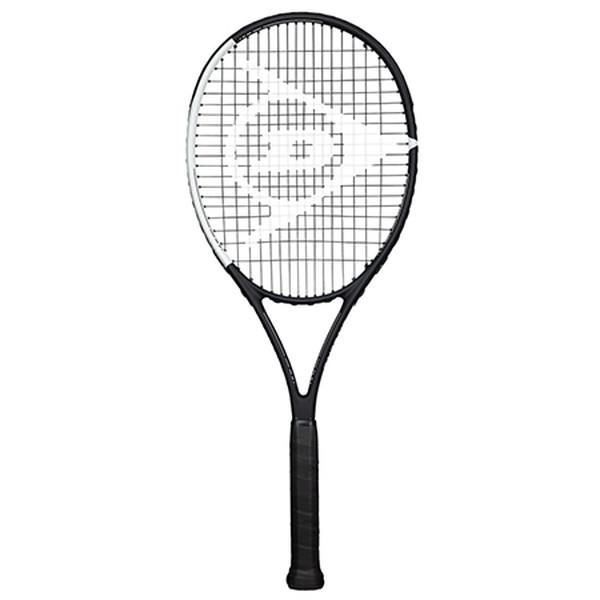
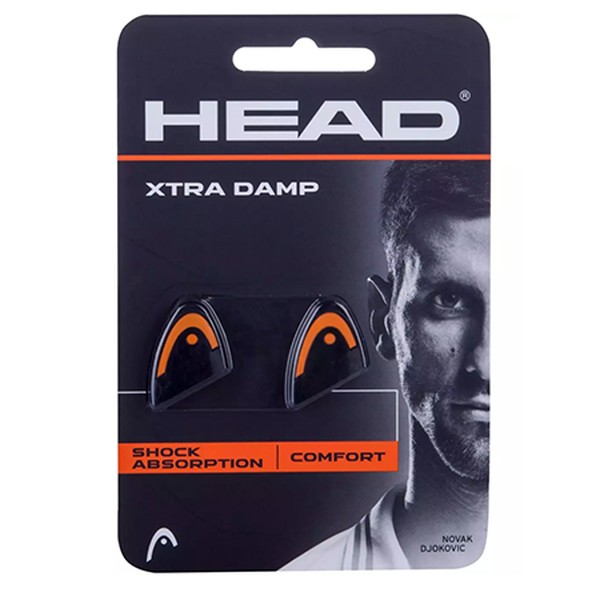
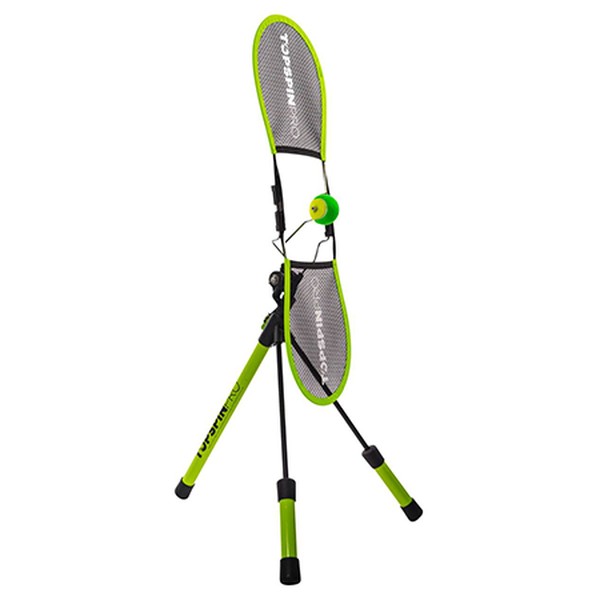
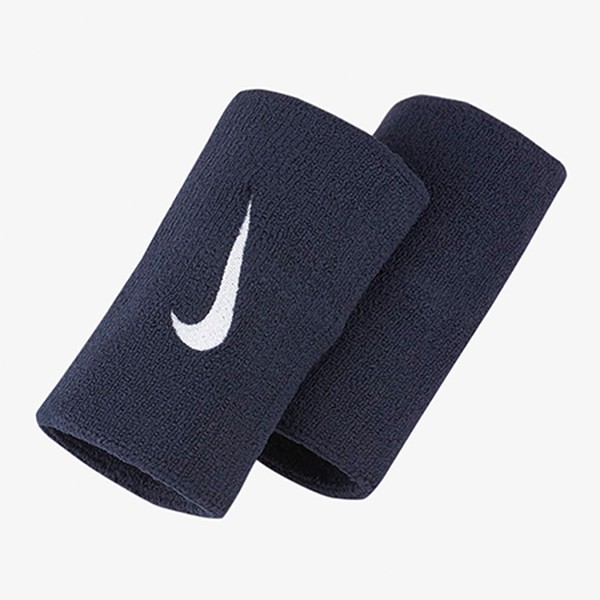
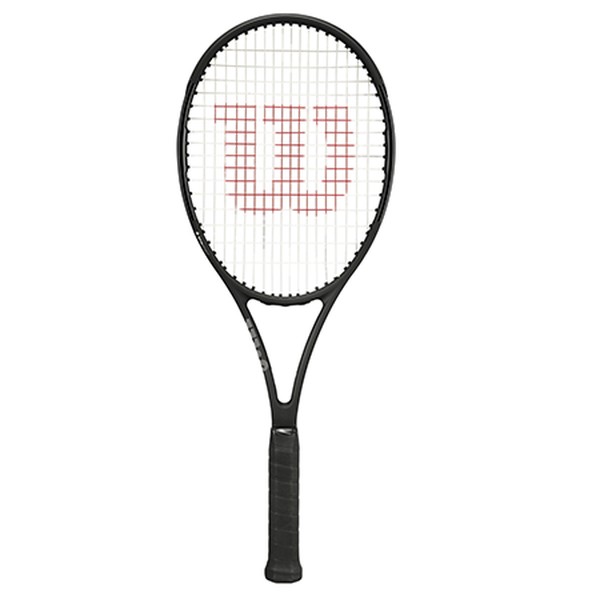
For more information, visit LTA.org.uk
DISCLAIMER: Features published by SLMan are not intended to treat, diagnose, cure or prevent any disease. Always seek the advice of your GP or another qualified healthcare provider for any questions you have regarding a medical condition, and before undertaking any diet, exercise or other health-related programme.
All products on this page have been selected by our editorial team, however we may make commission on some products.
DISCLAIMER: We endeavour to always credit the correct original source of every image we use. If you think a credit may be incorrect, please contact us at [email protected].
